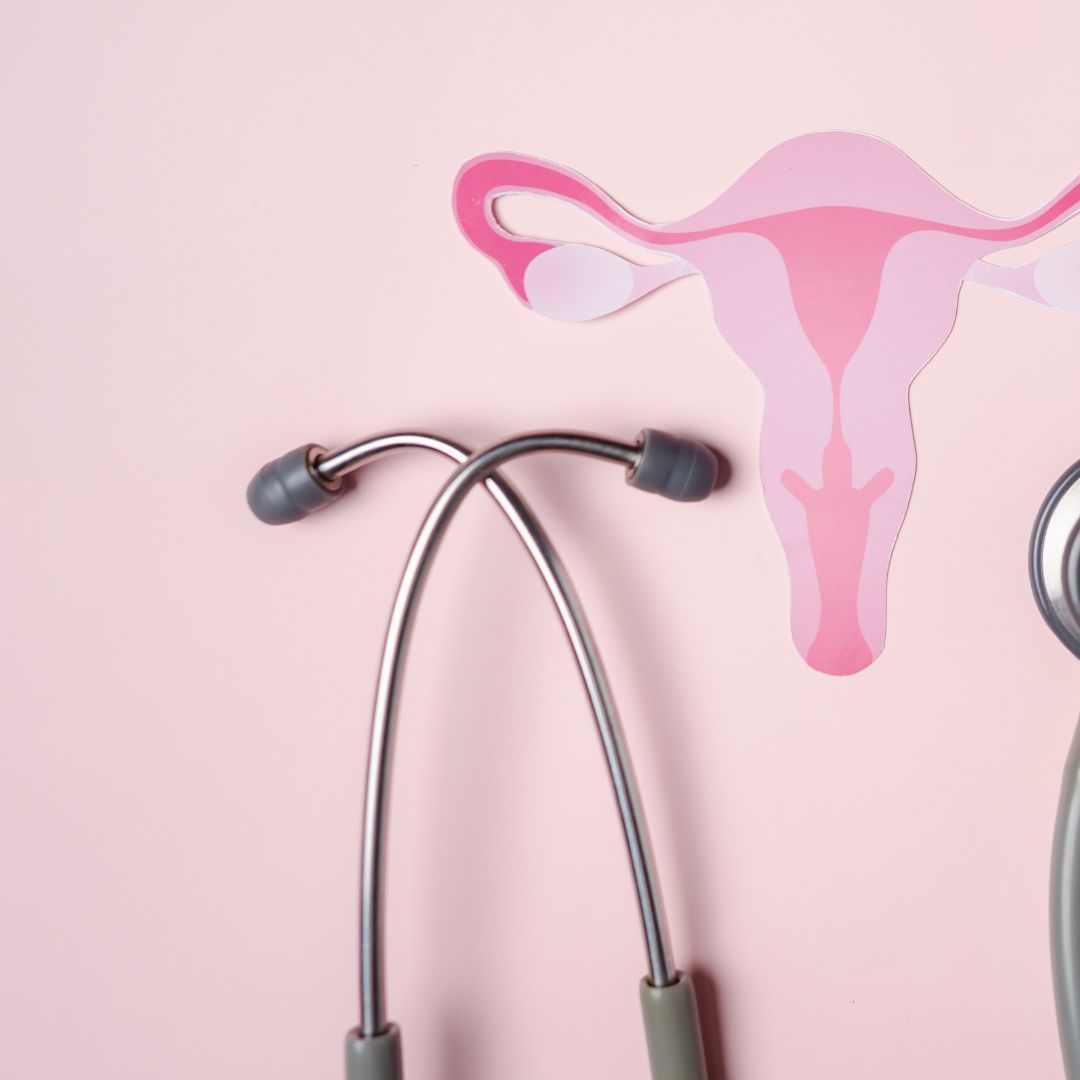What is a uterus surgery called?

“What is a uterus surgery called?”. Are you curious about what surgeries are called that involves a uterus? Well, read on to learn more about these procedures and find out what they are called.
What is a uterus surgery called?
When a woman has surgery to remove her uterus, it is called a hysterectomy. This is the most common type of surgery women have. A uterus removal may also be called a myomectomy because the uterus is removed along with the muscle that surrounds it (the myometrium).
Another surgery that can involve a uterus is a salpingo-oophorectomy. This is an operation to remove the fallopian tubes and the ovaries.
If you are looking to have children in the future, you might also want to consider having a hysterectomy and a tubal ligation (a surgery to seal off the tubes that carry eggs from the ovaries to the uterus). This is called a total hysterectomy and is usually more effective than having just one type of surgery.

A hysterectomy is a surgery that removes the uterus.
A hysterectomy is also called uterine surgery. The operation is usually done to remove the uterus (hysterectomy) or part of it (myomectomy). A hysterectomy may also be done to remove cancerous cells from the uterus (cervical cancer surgery).
Recovery time after a hysterectomy varies, but most women are able to go home within a few days. Some women need to stay in the hospital for a few days after the surgery.
Some side effects of a hysterectomy include heavy vaginal bleeding, difficulty getting pregnant, and trouble to urinate.
A hysterectomy is a very important surgery. It can help treat many health problems, including:
pelvic pain
stress urinary incontinence
cancer of the uterus (uterine cancer)
Learn more about
Is gynecologist a good career?
Types of hysterectomies
A hysterectomy is an operation to remove a woman’s uterus. There are many different types of hysterectomies, each with its own specific benefits and drawbacks. Here are the three most common types of hysterectomies:
- Total (or radical) hysterectomy: This is the most common type of hysterectomy, and it involves removing all of the uteri. This type of surgery is usually recommended for women who have had a total abdominal hysterectomy (where all of the organs inside the abdomen were removed) or for women who have severe cancerous growths in their uterus. Total hysterectomies can be risky, and they may not be best for all women.
- Partial (or conservative) hysterectomy: A partial hysterectomy involves removing only the uterus and some of the surrounding tissues. It’s typically recommended for women who have mild or benign conditions that don’t warrant a total hysterectomy, such as uterine fibroids or polyps. Partial hysterectomies are less risky than total hysterectomies, but they may not be as effective in treating certain conditions.
- Unilateral (or unilateral total) hysterectomy: This is a type of hysterectomy that’s only done on one side at a time. It’s typically recommended for women who have severe uterine fibroids or cancer on one side of the uterus. Unilateral hysterectomies are riskier than bilateral hysterectomies, and they may not be as effective in treating certain conditions.
Recovery after a hysterectomy
A hysterectomy is a surgery that removes the uterus. Recovery after a hysterectomy can vary, but can generally be divided into two phases: the initial post-operative phase and the long-term post-operative phase. Throughout both phases, patients will likely experience different symptoms and may require different treatments.
The initial post-operative phase typically lasts four to six weeks and includes a period of extreme tiredness and difficulty concentrating. During this phase, patients will also experience cramps, urinary tract infections, and nausea. Patients are encouraged to take it easy during this time and should avoid strenuous activities.
The long-term postoperative phase typically lasts between six and twelve months and can be especially challenging for women who have had a hysterectomy because they may experience increased levels of pain and fatigue. Patients will also likely experience changes in their menstrual cycle, including long periods or no periods at all. In some cases, women may also experience difficulties getting pregnant again.
Complications after a hysterectomy
Complications after a hysterectomy are not uncommon, but they can be serious. Some common complications include:
- Urinary tract infections (UTIs)
- Pelvic organ prolapse
- Mood swings
- Sexual dysfunction- Incomplete removal of the uterus, which can lead to recurrent pregnancies
- Reoperation to remove a complication, such as a fibroid
- Longterm health problems caused by the surgery itself, such as stroke or heart attack
What to expect after a hysterectomy
A hysterectomy is a surgery that removes the uterus. After the surgery, you may experience several different post-operative symptoms. Some of these include fatigue, mood swings, lightheadedness, nausea and vomiting, increased urination, and difficulty sleeping. You may also experience a decreased sex drive or urinary incontinence. In some cases, the reduced flow of blood from the uterus can lead to a condition called iron deficiency anemia.
It is important to follow your doctor’s post-operative instructions closely. They may recommend that you take pain medications, rest, and avoid strenuous activity for a period of time. Some women also find relief by wearing a sanitary pad or using a menstrual cup. If you experience any post-operative pain or discomfort, please consult your doctor.
A Tubal Ligation
Tubal ligation is a surgery that is performed to prevent the possibility of a woman getting pregnant. It is also called a “tape” or “tubal” abortion. The surgery is done by tying off the tubes that carry eggs from the ovaries to the uterus. This prevents the possibility of an egg from being fertilized and becoming a baby.
Tubal ligation is a safe and effective way to prevent pregnancy. The surgery is usually done in a hospital setting under general anesthesia. There are no risks associated with the surgery, and most women have excellent recoveries.
There are a few things to keep in mind before having a tubal ligation:
- Make sure you are fully informed about the risks and benefits of the procedure.
- Discuss your options with your doctor. You may be able to have a tubal ligation without having any surgery at all if you choose.
- Be prepared to answer questions about your reproductive health during your consultation.

A hysteroscopic abortion
A hysteroscopic abortion is a surgical procedure used to terminate a pregnancy. It is also known as a hysteroscopy or hysterosalpingography.
The abortion is performed by inserting a thin, telescopic (telescopic) camera into the uterus through the vagina. The abortionist then uses the camera to view and remove the fetal tissue from within the uterus.
A hysteroscopic abortion is generally easier and less traumatic than a traditional abortion. However, it is not risk-free and may have some minor side effects, such as cramps and bleeding.
The hysteroscopic abortion procedure is generally safe and effective when performed by a qualified physician. However, it is not always available in every area and may be more expensive than a traditional abortion.
How Does a Uterus Surgery Work?
When a woman is pregnant, her uterus grows in size. This can make it difficult for her to get out of bed each morning and can cause back pain. In some cases, the uterus may become too large and cause complications during childbirth.
There are three types of surgery that are used to remove an enlarged uterus: hysterectomy, salpingo-oophorectomy, and myomectomy. Each of these surgeries involves removing part or all of the uterus.
Hysterectomy is the most common type of surgery and involves removing the entire uterus. This surgery is often done when a woman’s uterus is larger than 8 inches (20 cm) in diameter or when there are serious health concerns related to having a large uterus. Salpingo-oophorectomy involves the removal of the Fallopian tubes and ovaries as well as the uterus. Myomectomy is a less common type of surgery and only removes the uterine lining (the endometrium). These procedures are usually done when a woman’s uterus is smaller than 8 inches (20 cm) in diameter or when there are no other options available.
Each type of surgery has its own risks and benefits. Hysterectomy is the safest type of surgery, but it can cause major depression, fatigue, and issues with fertility. Salpingo-oophorectomy is less safe than hysterectomy, but it may be easier to have children after the procedure. Myomectomy is the least safe type of surgery, but it may be the best option for women who want to continue having sex.
Who is eligible for uterus surgery?
Wondering what uterus surgery is called? You’re in the right place! A uterus surgery is generally referred to as a hysterectomy, and it’s a procedure that can be performed on women of any age. While there are different types of uterine surgeries, the main goal of all of them is to remove the uterus (or part of it).
If you’re considering uterus surgery, it’s important to understand that the decision is a personal one and there are a variety of factors you should take into account. Some of the things you may want to consider include:
- Your health history
- Your age
- Your reproductive goals
- Your desires and expectations regarding your post-surgery life

What should you do before your surgery?
Before any surgery, you should make sure to gather all of the information you will need. This includes your health history, any medications you are taking, and any allergies you may have. You should also prepare a list of questions for your surgeon.
You should also talk to your doctor about your expectations for the surgery. Do you want a minimally invasive or a more traditional surgery? What type of anesthesia do you prefer? Will you need help recovering afterward?
After gathering all of this information, it’s time to get ready for surgery! Here are some tips to help make the process as smooth as possible:
- Arrive at the hospital well-rested and caffeinated. Being awake and alert during Surgery will reduce the likelihood of feeling anxious or stressed afterward.
- Eat a light breakfast before arriving at the hospital. This will give you the energy to recover quickly and withstand the anesthetic process.
- Drink plenty of water before and after surgery. Keeping hydrated will help prevent any postoperative complications such as urinary tract infection or dehydration.
- Avoid eating anything heavy for several hours before surgery. This will help keep your stomach empty so that you do not feel any pain during the surgery.
- Avoid drinking alcohol or caffeine for several hours before surgery. These substances can increase anxiety and make you more sensitive to anesthetics.
How Uterus Surgery is Performed
A uterus surgery is called a hysterectomy. This is when the uterus, or womb, is completely removed. A hysterectomy may be done with or without the removal of the ovaries.
The surgery is done under general anesthesia. A small cut is made in the lower abdomen and the uterus is removed through this cut. The ovaries may also be removed during a hysterectomy.
After the surgery, the patient will generally stay in the hospital for a few days. Most people are able to go home within a few days, but some may need a longer stay depending on their health.
Conclusion
If you are looking for information about what uterus surgery is called, then you have come to the right place. A uterine operation can be quite complex, so it is important that you are completely aware of what is happening during and after the surgery in order to ensure a satisfactory outcome. Visit for more information. https://bestgynaecologists.com
9 Comments